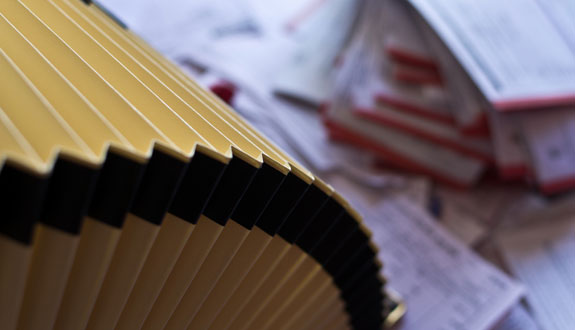LSAC Bolsters Law School Admissions Data Reporting
- by
- Jun 25, 2012
- Admissions
- Reviewed by: Matt Riley


Picking a law school is kind of a big deal.
To help you make this decision, there are plenty of books that have been written about it. Hundreds of websites offer advice. Message boards are littered with students asking other law school hopefuls to weigh in. And all of it revolves around US News & World Report’s rankings.
So when it was reported that a few schools (*cough* Villanova and Illinois *cough*) were reporting false law school admissions data (including LSAT scores), some students were understandably upset.
Neither schools came out unscathed (Illinois dropped 12 slots; Villanova, more), but an entire class of students had entered under what they reasonably felt were false pretenses.
To prevent these shenanigans in the future, the ABA and LSAC came to an agreement this week that will hopefully prevent law schools from submitting false admissions data in the future.
Previously, law schools self-reported their median, 25th-, and 75th-percentiles. These ranges were used by prospective students to see where they fell on the spectrum and by USN&WR as part of their equation to rank the schools.
These ranges weren’t always accurate.
While only some law schools were caught inflating their numbers, the actions of these few called into question the veracity of every other law schools’ data.
Some asked the ABA to step in and regulate the reporting a little more closely.
The LSAC, the other end of the equation (the ABA regulates the legal profession; the LSAC is a loose association of law schools that is in charge of administrating the admissions process), hesitated to agree to the plan proposed by the ABA – a program in which schools would report their incoming class list with associated data, and the LSAC would cross-check it with their records.
However, an agreement has been reached, and a pilot program will be launched this fall. While optional, I would be surprised if the majority of law schools refused to participate. More data, and data that goes through another level of scrutiny, will only help students decide on which law school to attend.
And if a critical mass of law schools participates, it would suggest that those who refuse have something to hide.
Search the Blog

Free LSAT Practice Account
Sign up for a free Blueprint LSAT account and get access to a free trial of the Self-Paced Course and a free practice LSAT with a detailed score report, mind-blowing analytics, and explanatory videos.
Learn More
Popular Posts
-
logic games Game Over: LSAC Says Farewell to Logic Games
-
General LSAT Advice How to Get a 180 on the LSAT
-
Entertainment Revisiting Elle's LSAT Journey from Legally Blonde








